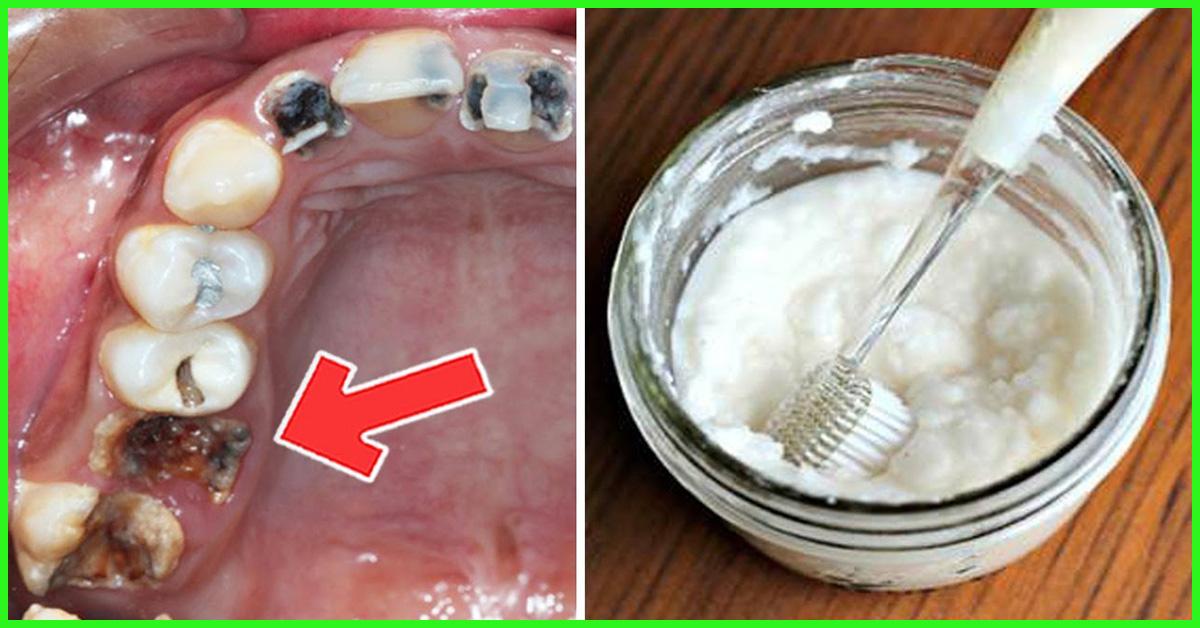Table of Content
These methods below will help you with that. Do not yank the nails if they don’t come off. Soak them in acetone for some more time and try again.
Oil or cream around your cuticles and fingertips prior to soaking to keep them from dehydrating. With a little bit of patience and a lot of hydration, you'll be back on the road to long, gorgeous natural nails in no time. You might also want to consider opening a nearby window or setting up a fan, as the acetone will have a strong scent. You can actually remove the entire extension just by filing . However, we don’t recommend doing it at home if your nails are brittle since you can accidentally file your actual nail plate.
How To Remove Fake Nails At Home?
You can wear these pre-applied faux nails for seven days. Acrylic nails have a lot of advantages, but it's also vital to be aware of their limitations. As glueing fake nails is not always a one-size-fits-all solution, you'll need to ensure that the nail kit you buy suits your particular style and preferences. One of the most popular choices for false nails is acrylic, and it's easy to understand why they've been so fashionable for so long. You don't have to be concerned about chipping or damage to your nail style since they are exceptionally robust, flexible, and long-lasting.
Pour acetone into a bowl and dip your fingers in it. There's no definite timeline, though it's best to wait until your nails are healthy again . Pattie Yankee is a consultant at Dashing Diva with over 30 years of experience in the nail industry. She is also a celebrity nail artist whose clients include Priyanka Chopra, Kim Kardashian, Selena Gomez, Chrissy Teigen, Nicki Minaj, and many others. Beautifying nails is just one of many beauty practices isolationists are using to stay sane while sequestered inside. Other bored quarantiners have taken to cutting their bangs, while funnyman Jim Carrey says he’s growing out his beard until the pandemic subsides.
Step-by-step Guide on how to remove acrylic nails at home
Place your hands into the bowls of acetone, and cover with the warm damp towel with the plastic side down to face hands. The plastic wrap and warm towel will generate heat to speed up the removal process. Remove hands after 15 minutes, and evaluate the progress. Push away any loosened product from the nails with a manicure stick.
Your nail brush should only be wet at the tip after you dip it into the liquid and squeeze out the extra. Dip the brush into the acrylic nail powder, then scoop up enough of the substance to form a ball that will completely cover the nail. Before applying the product to the nail, allow it to become glossy.
Start Preparing Your Nails
Once the time is up, gently lift the aluminum foil on one of your nails. If the acrylic doesn't start to come off easily, leave your nails to soak for an additional five to ten minutes or until the acrylic flakes off without force. They are applied differently and have different uses. The main use of the acrylic application is to lengthen or extend your nails.

Go back and forth from the base of the nail tip to the top of it. Do not press hard with your drill, or you could damage your natural nail. Use a back and forth motion to work the floss under the acrylic. Move the flosser back and forth like you would to floss your teeth. Hold the acrylic nail down with 1 finger to keep it still as you do this.
After removing acrylic nails, leave your natural nails for a while to keep them healthy. Use the tweezers to gently raise the base of the acrylic nails so that the oil can flow inside. Using pure acetone, “soak your fingertips as long as it takes,” which can be around 30 minutes, she says. “It depends how old the acrylics are and how strong they’re attached.” Afterward, gently use a cuticle pusher to slide them off or scrape them off. But beauty mavens know that gel polish and acrylic removal can be tricky.

Keep filing till you feel you have reached your actual nail bed. If you notice some of it still remaining on your nails, take a cuticle nipper and pry open the edges and clip it. Make sure to clip only small pieces at a time and do not try to pry open too much. "Then, of course, wash your hands hard," she says.
Acetone is the life savior when it comes to removing fake nails at home and at the salon. It is a strong chemical liquid that will dissolve the acrylic nails and will help you remove them effortlessly. These are the super-thin nail-shaped films that are applied to your real nails before putting any acrylic, gel, or gel polish manicure. If you do this step before adding fake nails, it will be much easier for you to remove them.

After 10 to 15 minutes, remove the tinfoil and dispose of all the nail removal waste in a Ziploc bag to avoid any unwanted acetone smells. Soak your nails in acetone if the acrylic is not coming off. If your nail tip is being stubborn, it may need to be soaked again. Place your fingers back in your acetone for 5 minutes and then try drilling them again. Repeat this throughout the drilling process as you need to.
Rossi Dip NailsLeave them in acetone for about 20 minutes or until the acrylic seems soft. Use a nail trimmer to clip the nail tips down to the length of your real nails. Cut your nails in a straight line so that they don’t bend too much. Try not to cut into your actual nails so that you don’t damage them.
This will protect them from the dryness that acetone can cause. Once you almost reach your natural nail, switch over to a softer nail file that won't damage your nails as much. If your nails feel extremely weak from your acrylics, opt for a strengthening treatment. Johnson suggests Essie Treat Love and Color, a treatment and color in one made with collagen and camellia extract to repair damaged nails. Amy Le likes OPI's Nail Envy, an easy-to-use nail strengthening polish, which she likes to apply every other day.

No comments:
Post a Comment